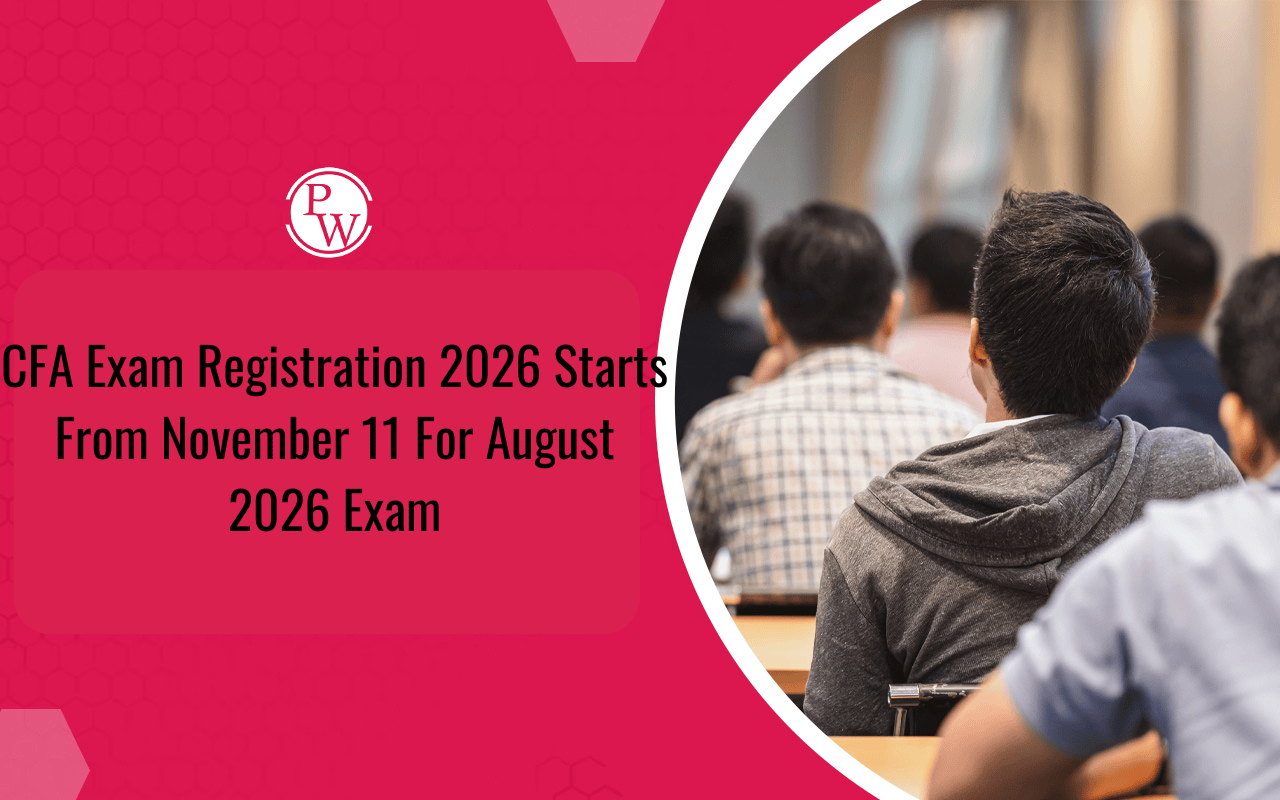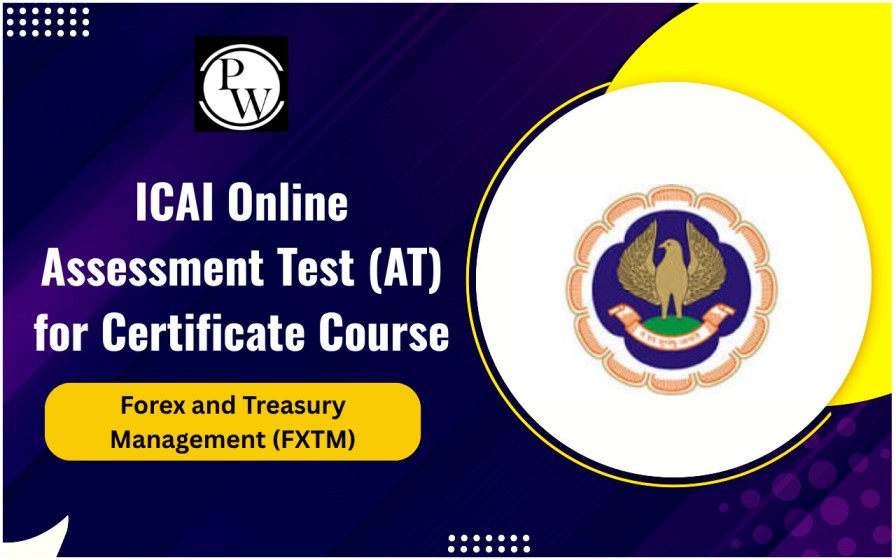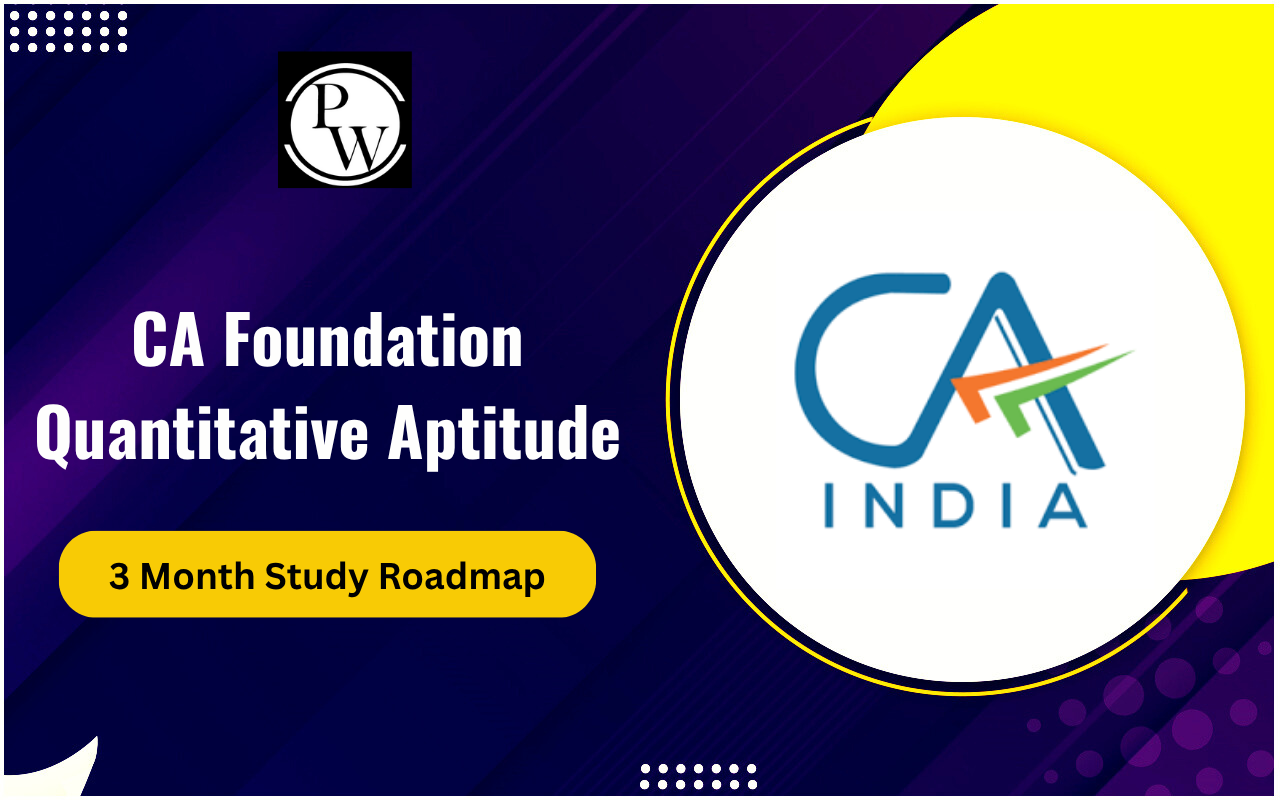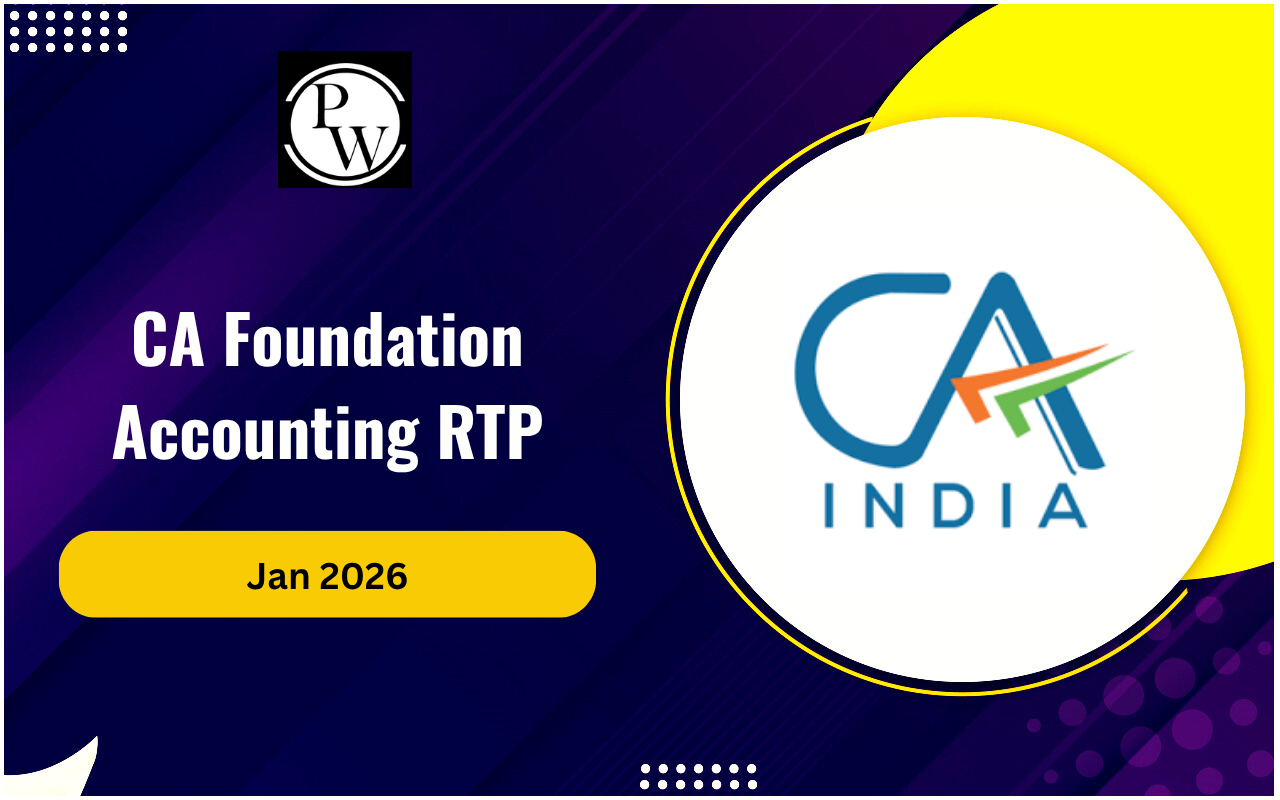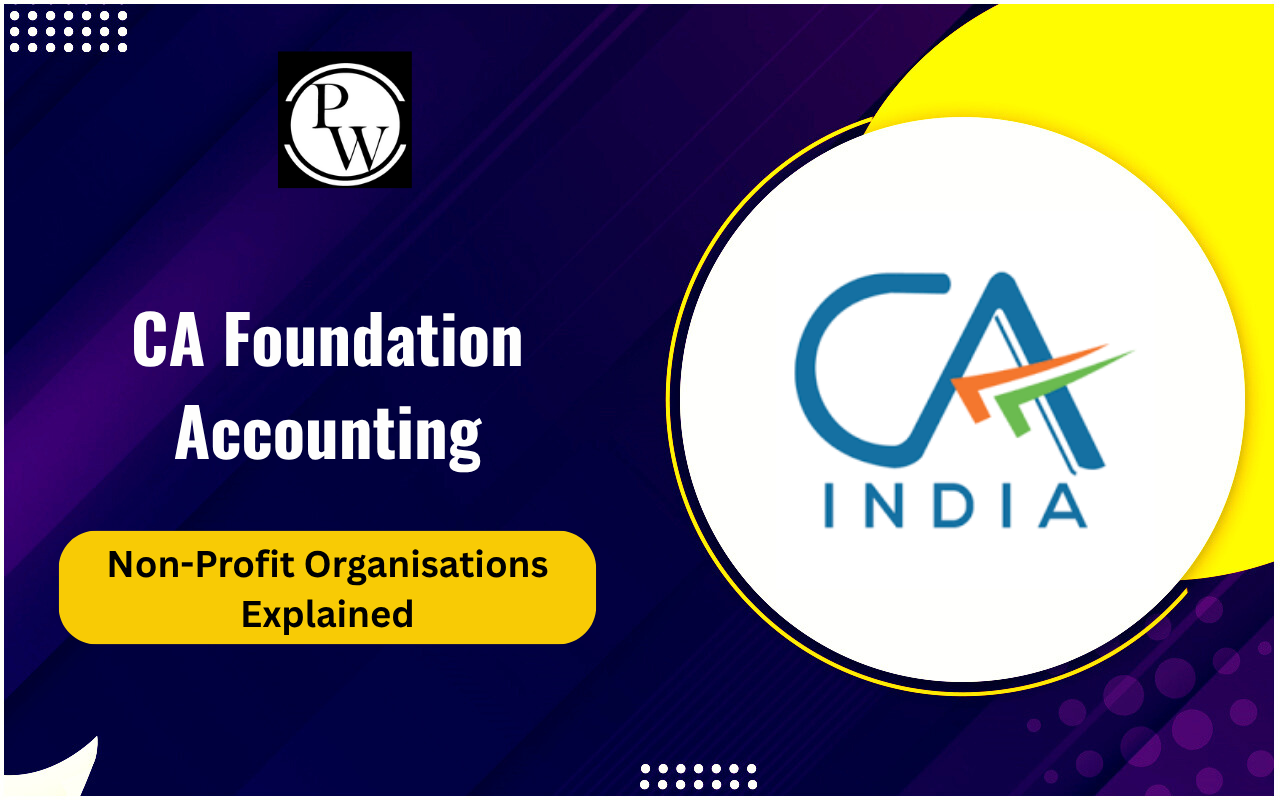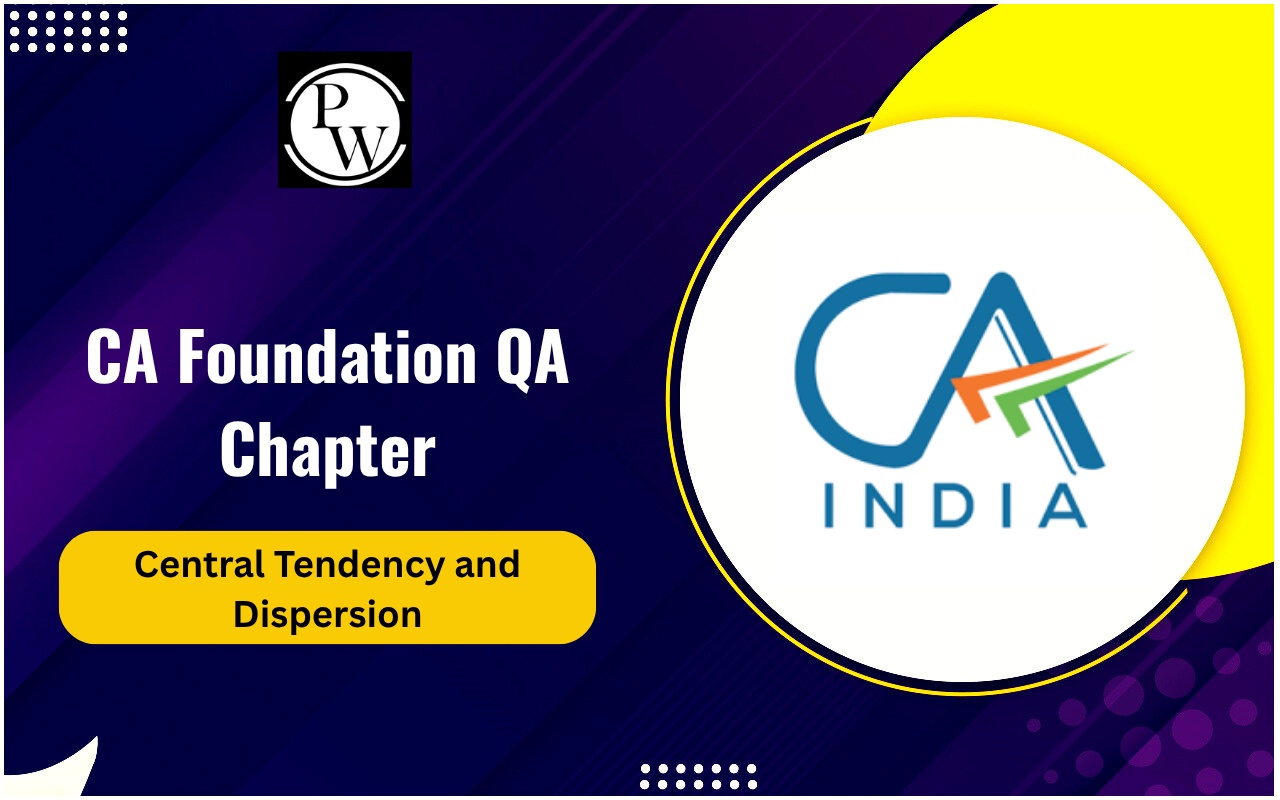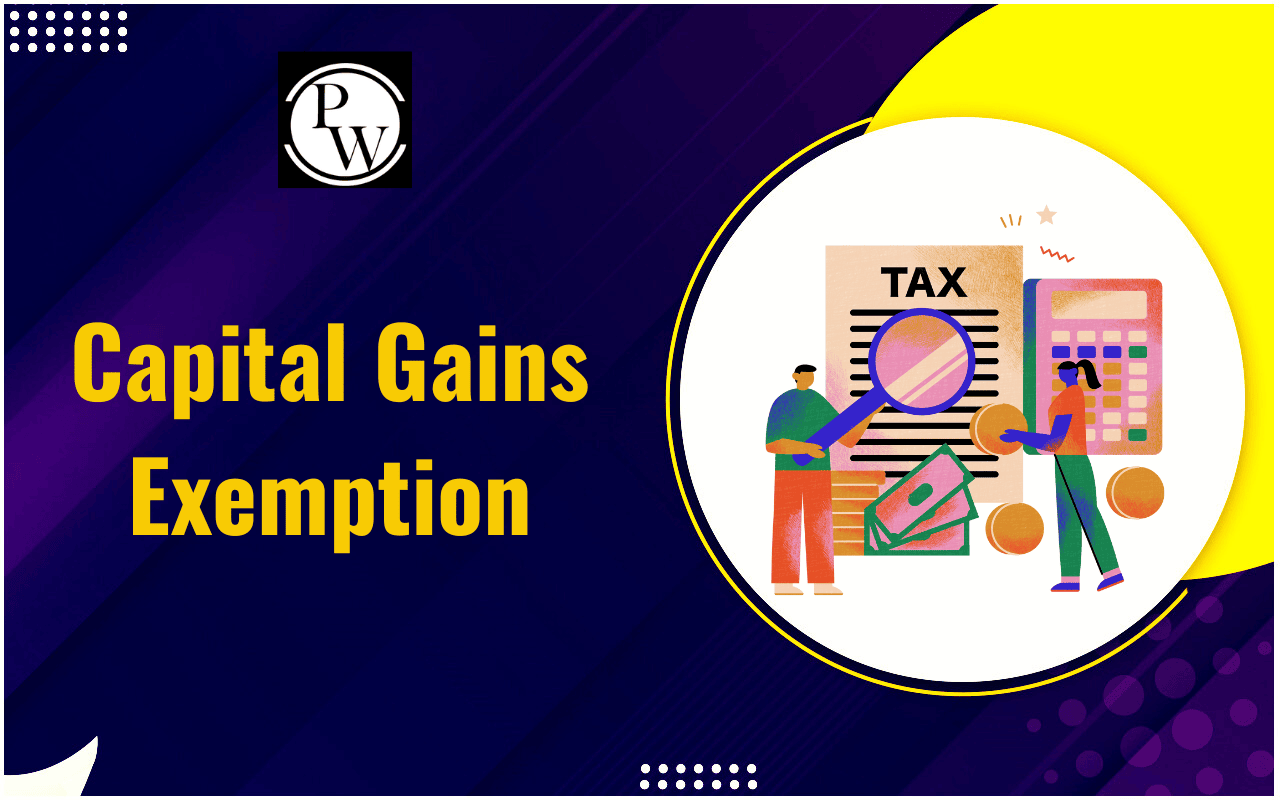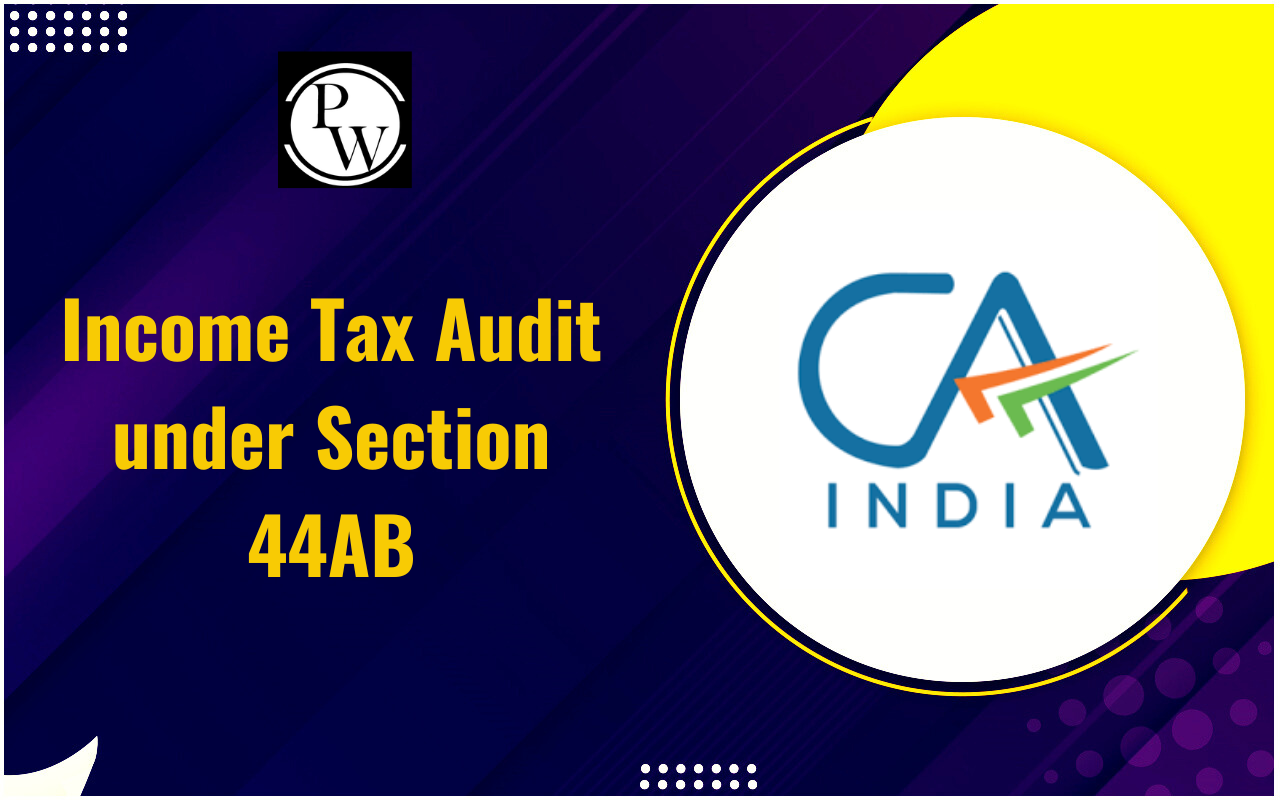
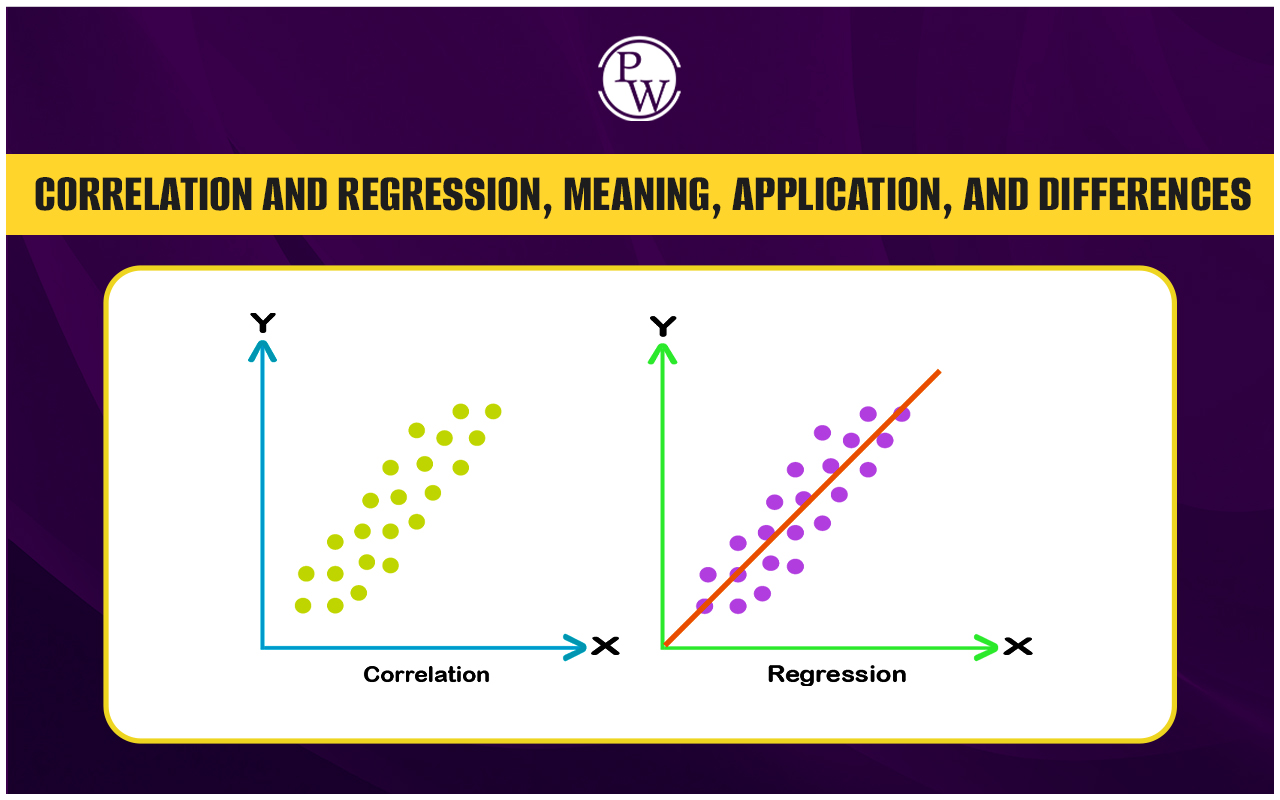
In statistics, correlation and regression are key tools for understanding the relationship between two or more numerical variables. Correlation focuses on the strength and direction of this relationship, while regression examines how changes in one variable influence another. This article will explore the differences between correlation and regression in detail for CA exams .
What Is Correlation?
The term correlation comes from the words "Co" (together) and "relation," referring to the relationship between two quantities. Correlation occurs when a change in one variable is accompanied by a corresponding change in another, either directly or indirectly. If no such connection exists, the variables are considered uncorrelated, meaning changes in one variable do not influence the other. Correlation is a statistical method used to measure the strength and direction of the relationship between pairs of variables. Correlation can be either positive or negative:- Positive Correlation: When two variables move in the same direction, an increase in one leads to an increase in the other, and vice versa. For example, investment and profit.
- Negative Correlation: When two variables move in opposite directions, an increase in one results in a decrease in the other, and vice versa. For example, product price and demand.
Types of Correlation
There are three primary types of correlation commonly used:Pearson Correlation : This method works best for nominal or continuous variables and measures only the linear relationship between them. However, it is not effective for identifying non-linear relationships.
Spearman Rank Correlation : Ideal for ordinal and continuous variables, this method captures both linear and non-linear relationships, making it versatile for various data types.
Kendall Tau Correlation : A non-parametric approach specifically designed for ranking ordinal variables. Like Spearman Rank, it can measure both linear and non-linear relationships effectively.
Application of Correlation
The following are some applications of correlation:1. E-commerce
Correlation plays a significant role in e-commerce by analyzing patterns such as:- Time Spent vs. Product Purchases : Understanding how the time a customer spends on a platform relates to their purchasing behavior can help businesses refine their marketing strategies.
- Unique Customers vs. Daily Sales : Tracking the relationship between the number of distinct customers and daily sales can guide companies in identifying their target audience and strategies to attract new customers.
2. Education
In the education sector, correlation analysis helps policymakers assess critical relationships, such as:- Years of Study vs. Salary Levels : Examining this link provides insights into how education influences earning potential. The findings can guide governments in revising education policies to address unemployment effectively.
3. Real Estate
Real estate relies on correlation to make data-driven decisions, including:- Income vs. Flat Location : Understanding how income levels influence preferences for property locations can help realtors identify target buyers.
- Flat Location vs. Pricing : Analyzing the connection between location and property rates enables real estate developers to set competitive market prices and select optimal sites for new projects.
What Is Regression?
Regression is a statistical method used to analyze the average mathematical relationship between two or more variables. It helps estimate changes in a dependent variable (metric) based on variations in one or more independent variables. This versatile technique is widely used to predict past, present, or future outcomes using historical or current data. For instance, the future profit of a business can be forecasted using past performance records. In simple linear regression, there are two variables, x and y, where y depends on x or is influenced by x. Here:Correlation and Regression FAQs
What is the key difference between correlation and regression?
Can correlation be used for prediction?
What are the types of correlation?
What is the purpose of regression analysis?

